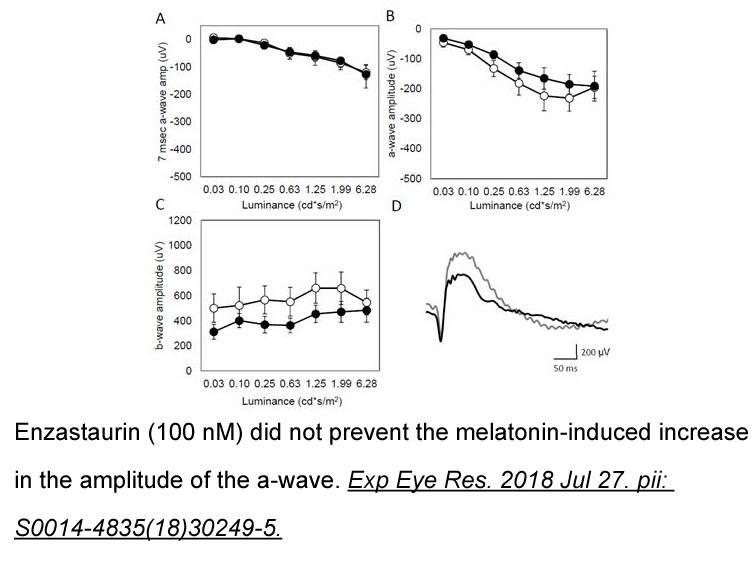Archives
- 2025-11
- 2025-10
- 2025-09
- 2025-04
- 2025-03
- 2025-02
- 2025-01
- 2024-12
- 2024-11
- 2024-10
- 2024-09
- 2024-08
- 2024-07
- 2024-06
- 2024-05
- 2024-04
- 2024-03
- 2024-02
- 2024-01
- 2023-12
- 2023-11
- 2023-10
- 2023-09
- 2023-08
- 2023-07
- 2023-06
- 2023-05
- 2023-04
- 2023-03
- 2023-02
- 2023-01
- 2022-12
- 2022-11
- 2022-10
- 2022-09
- 2022-08
- 2022-07
- 2022-06
- 2022-05
- 2022-04
- 2022-03
- 2022-02
- 2022-01
- 2021-12
- 2021-11
- 2021-10
- 2021-09
- 2021-08
- 2021-07
- 2021-06
- 2021-05
- 2021-04
- 2021-03
- 2021-02
- 2021-01
- 2020-12
- 2020-11
- 2020-10
- 2020-09
- 2020-08
- 2020-07
- 2020-06
- 2020-05
- 2020-04
- 2020-03
- 2020-02
- 2020-01
- 2019-12
- 2019-11
- 2019-10
- 2019-09
- 2019-08
- 2019-07
- 2019-06
- 2019-05
- 2019-04
- 2018-11
- 2018-10
- 2018-07
-
Mitomycin C: Mechanistic Insights and Synthetic Lethality...
2025-10-05
Explore the advanced role of Mitomycin C as a DNA synthesis inhibitor and antitumor antibiotic in cancer research. This article uniquely examines synthetic lethality in DNA repair-deficient models, providing actionable insights beyond standard apoptosis signaling research.
-
Paclitaxel (Taxol): Unraveling Microtubule Dynamics in Pe...
2025-10-04
Explore the role of Paclitaxel (Taxol) as a microtubule polymer stabilizer in advanced cancer research. This in-depth article uniquely analyzes its application in patient-derived tumor-stroma assembloid systems for precision oncology and drug resistance studies.
-
Capecitabine in Preclinical Oncology: Optimizing Tumor-Ta...
2025-10-03
Capecitabine, a next-generation fluoropyrimidine prodrug, revolutionizes preclinical oncology research through tumor-selective activation and advanced compatibility with assembloid models. Learn how to leverage Capecitabine for robust tumor-targeted drug delivery, workflow optimization, and troubleshooting in complex tumor microenvironments.
-
Tamoxifen: Applied Bench Protocols and Advanced Research ...
2025-10-02
Tamoxifen is a cornerstone tool for estrogen receptor signaling studies, inducible gene knockout, and emerging antiviral research. This guide unpacks practical workflows, troubleshooting, and the unique mechanistic versatility of Tamoxifen for researchers seeking precision and reproducibility.
-
Docetaxel in Advanced Gastric Cancer Research Models
2025-10-01
Docetaxel stands out as a microtubule stabilization agent for dissecting tumor-stroma interactions and drug resistance in next-generation gastric cancer assembloid models. Unlock new experimental workflows and personalized screening strategies beyond standard cancer chemotherapy research.
-
Berbamine Hydrochloride: Targeting NF-κB and Ferroptosis ...
2025-09-30
Explore how Berbamine hydrochloride, a potent NF-κB activity inhibitor, uniquely intersects cancer research by disrupting tumor survival pathways and sensitizing cells to ferroptosis. Discover its distinct cytotoxicity profile and advanced applications in leukemia and hepatocellular carcinoma models.
-
Docetaxel in Tumor Microenvironment Modeling: Advancing C...
2025-09-29
Explore how Docetaxel, a leading microtubule stabilization agent, is revolutionizing cancer chemotherapy research through integration with next-generation tumor microenvironment models. Uncover in-depth insights into drug resistance, personalized therapy, and advanced assembloid systems.
-
Paclitaxel (Taxol): Molecular Insights and Next-Gen Resea...
2025-09-28
Explore Paclitaxel (Taxol) as a microtubule polymer stabilizer with unique molecular mechanisms and pioneering research applications, including innovative strategies for overcoming chemotherapy-induced neuropathy. This in-depth article provides advanced scientific analysis and actionable insights for cancer research.
-
Paclitaxel (Taxol): Precision Microtubule Modulation in C...
2025-09-27
Explore the advanced mechanistic roles of Paclitaxel (Taxol) as a microtubule polymer stabilizer in cancer research and peripheral neuropathy modeling. This in-depth article uniquely examines the compound’s dual impact on cell cycle arrest and neuroprotection, with a focus on translational applications and emerging mRNA-based interventions.
-
DMXAA (Vadimezan): Redefining Tumor Vasculature Disruptio...
2025-09-26
Explore the scientific advances of DMXAA, a vascular disrupting agent for cancer research, with emphasis on its multifaceted inhibition of tumor vasculature and immune microenvironment modulation. This article provides a novel systems-level analysis, distinguishing DMXAA in the evolving landscape of cancer biology research.
-
Amorolfine Hydrochloride: Advanced Insights into Fungal C...
2025-09-25
Explore the unique role of Amorolfine Hydrochloride as a DMSO-soluble antifungal reagent in dissecting fungal cell membrane integrity and ploidy stress. This article provides advanced scientific perspectives on antifungal drug mechanisms and the interplay with cell physiology in fungal infection research.
-
Sulfo-NHS-SS-Biotin Kit: Redefining Cell Surface GlycoRNA...
2025-09-24
Discover how the Sulfo-NHS-SS-Biotin Kit enables advanced, reversible biotin labeling for precise mapping of cell surface glycoRNAs and RNA-binding proteins. This in-depth guide reveals new scientific insights and strategies, moving beyond traditional cell surface proteomics.
-
Cell Counting Kit-8 (CCK-8): Advanced Quantitative Strate...
2025-09-23
-
MLN another selective Aurora A inhibitor is said to
2025-04-22

MLN8237, another selective Aurora-A inhibitor is said to be more potent than MLN8054 and to cause less benzodiazepine-like side effects based on structure modulation by the addition of a methoxy group to either end of the MLN8054 molecule. It was studied [62] in a once daily (QD) schedule for 7 days
-
Song et al reported series of triazolylsalicylamide
2025-04-21

Song et al. reported series of 1,2,3-triazolylsalicylamide derivatives and screened over kinase panel and found compound 31 as most potent which inhibited Aurora-A, specifically with IC50 of 0.37 μM. Compound 31 was about 10-fold more active for Aurora-A than for Aurora-B (IC50 = 3.58 μM reported se